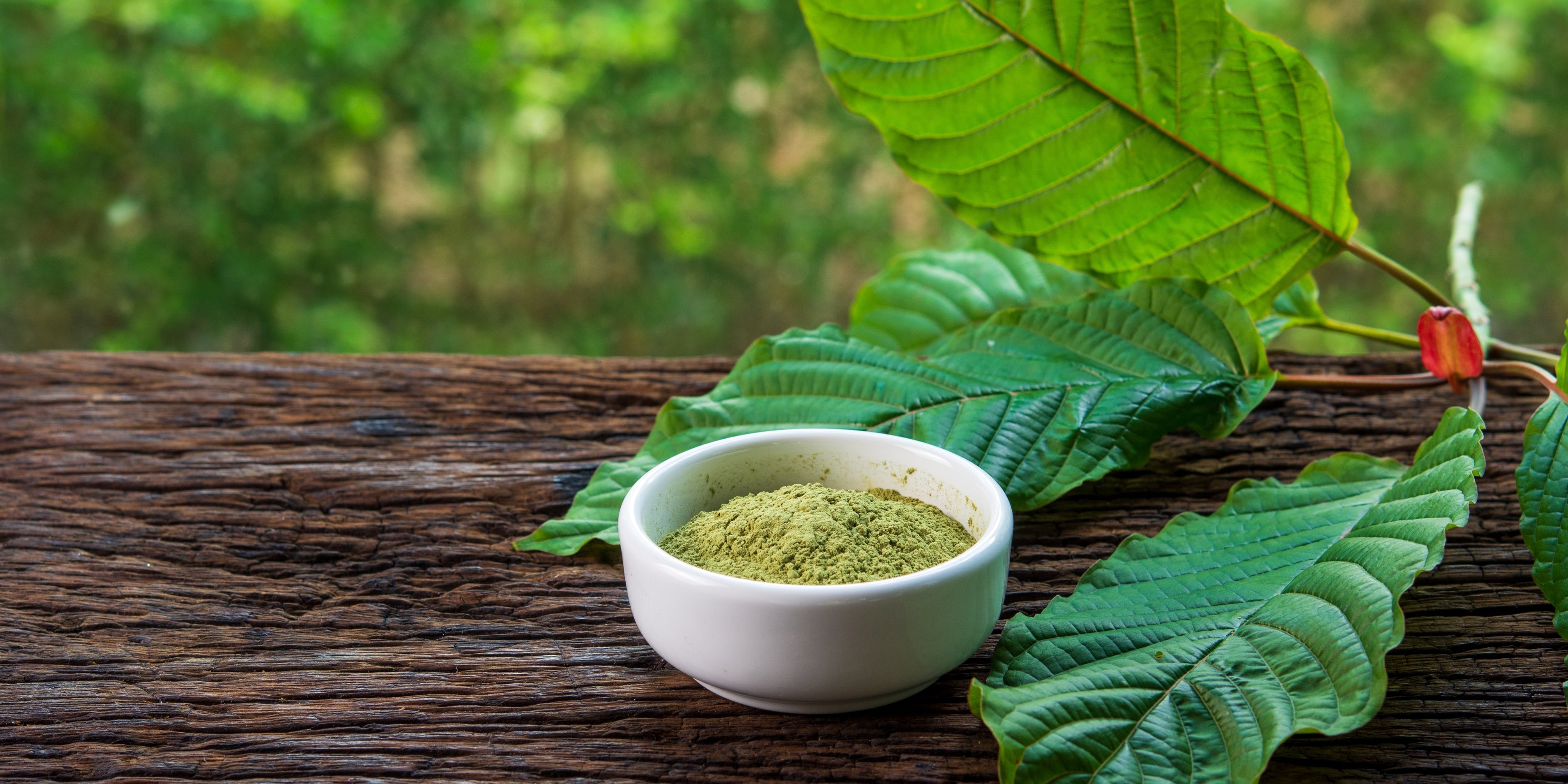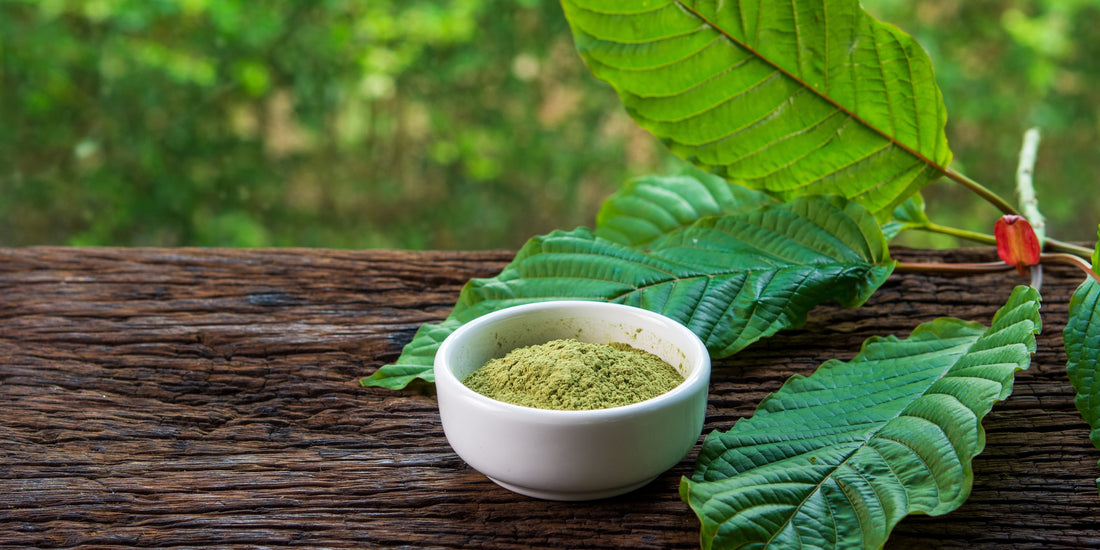Kratom, a botanical substance that has been used for centuries in Southeast Asia, has gained increasing popularity and attention in recent years, particularly in the Western world. Known for its diverse array of effects, kratom has generated significant debate and controversy, making it a subject of great interest among individuals seeking alternative remedies for various health and wellness needs. In this comprehensive guide, we'll explore what kratom is, its history, uses, potential benefits, risks, and legal status.
What is Kratom?
Kratom, scientifically known as Mitragyna speciosa, is a tropical tree native to Southeast Asia, primarily in regions like Thailand, Indonesia, Malaysia, and Papua New Guinea. The tree can grow up to 82 feet tall and features large, dark green leaves. The most important part of the kratom tree, at least for those who seek its benefits, is the leaves.
Kratom leaves contain a plethora of naturally occurring alkaloids, with two of the most prominent being mitragynine and 7-hydroxymitragynine. These compounds interact with the brain's opioid receptors, producing various effects that can range from stimulating and energizing to sedating and pain-relieving. The exact effects and intensity can vary depending on the strain, dosage, and individual factors.
A Historical Perspective
Kratom has a long history of use in Southeast Asia, where it has been employed for its stimulating and analgesic properties, as well as for its traditional role in cultural and social practices. In these regions, kratom leaves have been consumed in various forms, including chewing the fresh leaves, brewing them as a tea, or grinding them into a fine powder to be consumed with water.
While the exact origins of kratom use remain unclear, it has been an integral part of traditional medicine and folk remedies for centuries. Its historical usage can be traced back to traditional cultures in Southeast Asia, where it was employed for its diverse properties, including pain relief, mood enhancement, and increasing energy and focus.
Kratom Strains and Varieties
One of the most intriguing aspects of kratom is the wide variety of strains available, each with its own unique properties. These strains are often named after their place of origin, and the primary strains include:
- Bali: Known for its relaxing and pain-relieving effects.
- Maeng Da: Praised for its stimulating and energizing properties.
- Thai: Often associated with a strong and invigorating experience.
- Malaysian: Believed to offer a balanced blend of effects.
- Indo: Known for its milder and more subtle influence.
Kratom strains may also be categorized based on their color, with the most common being red, green, and white. These colors correspond to the color of the veins in the kratom leaves and are thought to influence the nature of the effects.
Potential Benefits of Kratom
Kratom enthusiasts and traditional users have reported a wide range of benefits from its consumption. These benefits include:
-
Pain Relief: Kratom is often used as a natural painkiller, with some individuals finding relief from chronic pain conditions.
-
Mood Enhancement: Certain kratom strains can elevate one's mood and alleviate symptoms of depression and anxiety.
-
Energy and Focus: Some strains, like Maeng Da, are appreciated for their stimulating and concentration-enhancing effects.
-
Opiate Withdrawal Aid: Kratom has been used by some as a means to manage withdrawal symptoms from opioid substances.
-
Relaxation and Sleep: Certain strains, such as red vein varieties, may promote relaxation and improve sleep quality.
-
Enhanced Social Interactions: For some, kratom can promote sociability and reduce social anxiety.
Risks and Considerations
While kratom offers potential benefits, it's essential to consider potential risks and drawbacks:
-
Addiction Potential: Kratom has the potential for dependency and withdrawal symptoms with prolonged and heavy use.
-
Health Concerns: Some users have reported side effects, including nausea, constipation, and changes in appetite.
-
Legality and Regulation: The legal status of kratom varies by country and even within the United States, so it's important to research local regulations.
-
Quality Control: The quality and purity of kratom products can vary significantly, so it's crucial to purchase from reputable vendors.
-
Tolerance: Regular use can lead to tolerance, meaning that over time, individuals may require higher doses to achieve the same effects.
Legal Status of Kratom
The legal status of kratom has been a subject of ongoing debate and change. Some countries, like Thailand, have recently legalized its use, while others, like Australia and a few states in the United States, have implemented restrictions or bans. The U.S. Food and Drug Administration (FDA) has also expressed concerns about the safety and regulation of kratom products.
Kratom is a fascinating botanical substance with a rich history and a wide range of potential benefits. However, like any substance, it should be approached with caution and respect. Before considering its use, it's important to research local laws, consult a healthcare professional, and exercise discretion when sourcing kratom products to ensure their quality and purity. With the right knowledge and care, kratom can offer a unique and valuable addition to the realm of natural remedies and wellness alternatives.


